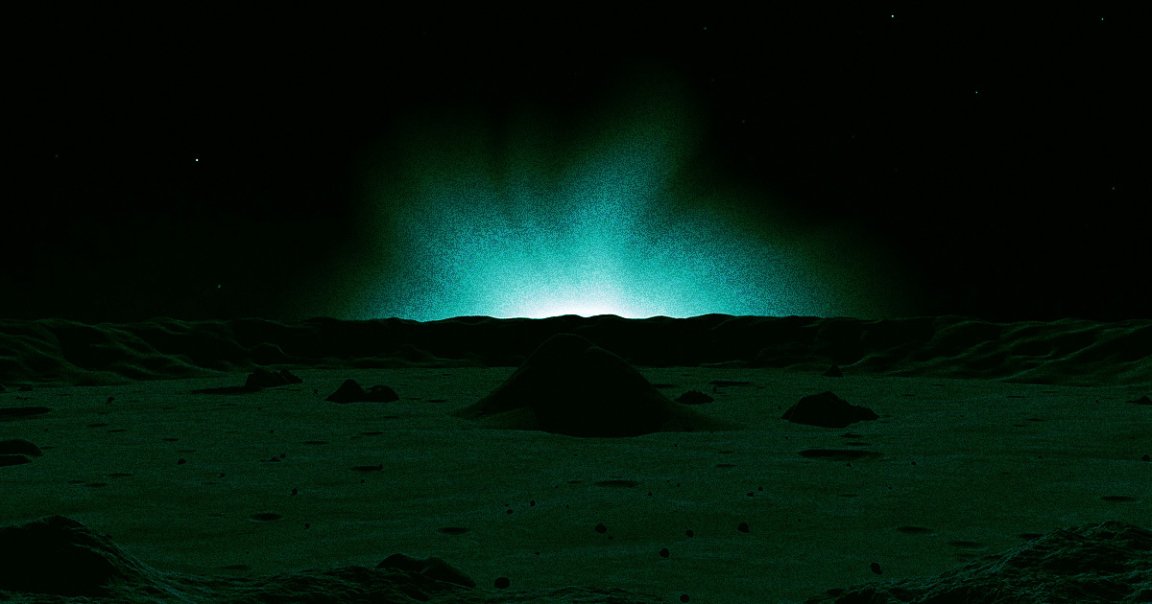
Edge Case
A decade of observations with the Subaru Telescope in Hawaii has uncovered the existence of an intriguing cluster of objects at the edge of our Solar System.
The resulting studies, set to be published in the Planetary Science Journal, suggest that there could be an entire structure of objects lying beyond the uncharted darkness of the Kuiper Belt, a vast disc of icy bodies encircling the most distant reaches of our Sun’s domain.
This could drastically shift our understanding of how our planetary system formed — and tantalizingly, perhaps of the prevalence of life throughout the universe.
“If this is confirmed, it would be a major discovery,” said Fumi Yoshida, a planetary scientist from Japan’s University of Occupational and Environmental Health Sciences and co-author of one of the studies, in a statement about the work. “The primordial solar nebula was much larger than previously thought, and this may have implications for studying the planet formation process in our Solar System.”
Beyond the Belt
The Kuiper Belt lies about 40 to 50 astronomical units — that’s 40 to 50 times the average distance between our planet and the Sun — from the center of our system. Because the region is so dark, documenting the small objects that reside there with telescopes has proved tricky.
NASA’s New Horizons spacecraft is currently flying deeper into the belt to get up close observations, a course it’s been heading on since 2015. These latest observational efforts were intended to assist New Horizons, and in so doing, have picked up something even further than the belt.
Specifically, the researchers discovered a cluster of 11 objects orbiting in a ring at a heliocentric distance between 70 to 90 AU, which are separated from the belt by a large, empty gap.
This sudden void is the real kicker: it suggests that the objects comprise a distinct structure from the known Kuiper Belt — perhaps even an entire region or extension of it we’ve never seen before.
Size-Up
If true, this would mean the Kuiper Belt is much larger than once believed. As the researchers note, this gap is a feature that’s commonly been observed in other planetary systems.
“Our Solar System’s Kuiper Belt long appeared to be very small in comparison with many other planetary systems, but our results suggest that idea might just have arisen due to an observational bias,” said Wes Fraser, a co-investigator on the New Horizons mission and lead author of one of the studies, in the statement. “So maybe, if this result is confirmed, our Kuiper Belt isn’t all that small and unusual after all compared to those around other stars.”
In other words, our Solar System might be less unique than we think it is. The prevailing theory on how it formed is that it coalesced from a solar nebula — essentially a dense cloud of gas. But the Kuiper Belt’s apparently small size put constraints on this nebula that suggested it would have needed to be unusually small.
That may not be the case anymore, so our Solar System’s prerequisites for life might be more common — and ergo, life throughout the universe might be more common, too.
More on space: Scientists Calculate “Settings” of the Universe Using AI